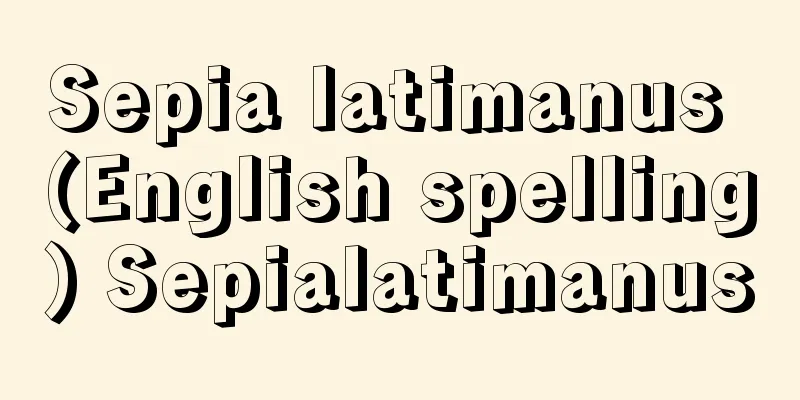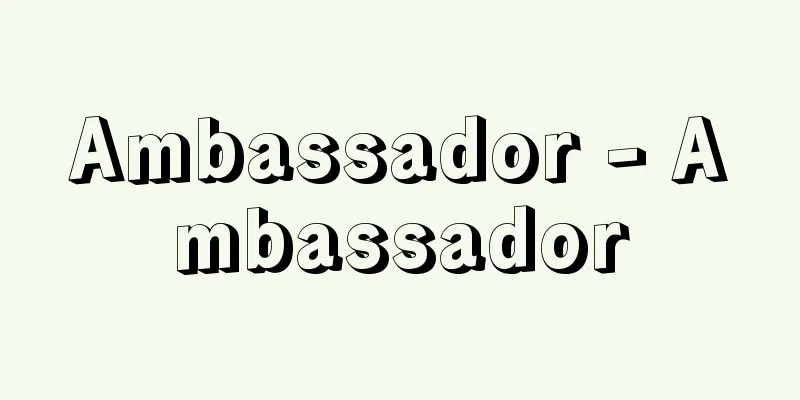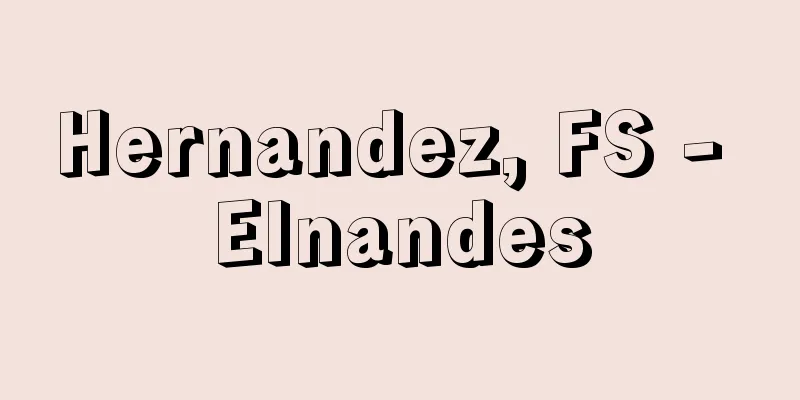Celtic - Keltogoha

|
A branch of the Indo-European language family. The Celts spread from their original homeland, present-day southern Germany, to various parts of Europe between the 5th and 3rd centuries BC. The Celts who migrated to the British Isles were also part of this group. Thus, Celtic languages were spoken over a wide area. These languages are collectively called the Celtic family. From a geographical point of view, they can be divided into two: Continental Celtic (Gaullic, Celtic-Iberian) and Insular Celtic (Britannic, Gaelic). Continental Celtic languages were absorbed into Latin in the 5th century. Around the same time, Britannic lost its linguistic form due to the Anglo-Saxon invasion of Britain, and gradually split into sub-languages such as Welsh, Cornish (which fell into disuse at the end of the 18th century), and Breton in Brittany across the strait. On the other hand, the so-called Old Irish language was formed from Irish Gaelic in the 6th and 7th centuries. Scottish Gaelic and Manx are derived from it. Among the above, in continental Celtic languages and Britannic languages, except for Celto-Iberian, the consonant kw (= qu ) in Proto-Indo-European appears as a p sound. For example, in Gaulish petor- and Welsh pedwar, in response to Latin quattuor (four). For this reason, these Celtic languages are often collectively called p-Celtic, P group. On the other hand, Gaelic languages are called q-Celtic, Q group. An example is Irish ceathair [k'ahir], which corresponds to Welsh pedwar (four). In general, Celtic languages tended to drop the initial consonant p of Proto-Indo-European. In addition, this group shows notable characteristics in the sound changes called initial laxation and nasalization, as well as in vocabulary, morphology, and sentence structure. The use of so-called inflected prepositions that are fused with pronouns and change depending on person and number, the word order VSO (verb-subject-object) at the beginning of a verb sentence, etc. Irish and Welsh are still vibrant Celtic languages with rich ancient documents, but their influence is gradually declining due to the pressure from English. [Toshio Doi] Source: Shogakukan Encyclopedia Nipponica About Encyclopedia Nipponica Information | Legend |
|
インド・ヨーロッパ語族中の一分派。ケルト人は紀元前5世紀~前3世紀にかけて、原住地と目される現在の南ドイツ地方から、ヨーロッパ各地へ広がっていった。ブリテン諸島へ渡来したケルト人もその一部であった。このようにケルト語は広い地域で話されていた。これらの言語をあわせてケルト語派という。地理的観点から大陸ケルト語(ゴール語、ケルト・イベリア語)および島嶼(とうしょ)ケルト語(ブリタニック語、ゲーリック語)の二つに分けることができる。 大陸ケルト語は5世紀にはラテン語に吸収された。ブリテン島では同じころブリタニック語がアングロ・サクソンの侵攻により語形が崩れ、しだいにウェールズ語、コーンウォール語(18世紀末に廃れた)および対岸のブルターニュ地方のブルトン語などの下位語群に分かれていった。他方アイルランドのゲーリック語からは、6~7世紀にかけて、いわゆる古期アイルランド語が形成された。スコットランド・ゲール語およびマン島語(マンクス語)はその派生である。 以上のうちケルト・イベリア語を除く大陸ケルト語およびブリタニック諸語では、インド・ヨーロッパ祖語における子音kw(=qu)がpの音で現れている。たとえば、ラテン語quattuor(四つ)に対して、ゴール語petor-、ウェールズ語pedwarのようにである。この事実から、これらのケルト語をまとめてP群p-Celticとよぶことが多い。他方ゲーリック諸語はQ群q-Celticとよばれる。ウェールズ語pedwar(四つ)に対するアイルランド語ceathair[k'ahir]はその一例である。総じてケルト語は、インド・ヨーロッパ祖語における語頭の子音pを落とす傾向にあった。そのほか語頭の緩音化・鼻音化とよばれる変音現象、さらには語彙(ごい)、形態、文構造にもこの語派には著しい特徴がみられる。代名詞と融合して人称と数に応じて変化するいわゆる屈折前置詞の使用、動詞文頭のVSO(動詞―主語―目的語)の語順など。古い豊かな文献を有するアイルランド語やウェールズ語はいまも活力のあるケルト語ではあるが、その実勢力は英語の圧力に押されて漸減する現状にある。 [土居敏雄] 出典 小学館 日本大百科全書(ニッポニカ)日本大百科全書(ニッポニカ)について 情報 | 凡例 |
<<: Celts - Celts (English spelling)
>>: Celtic Church - Celtic Church
Recommend
Wave - Nami (English spelling)
When a stone is thrown into a pond, circular rippl...
Tanagura Domain
This clan ruled the area around Tanagura, Shiraka...
Paulownia Tree Alley - Paulownia Tree Alley
...In the early days of Mulan, the writers involv...
Water column meter - Water column meter
A unit of pressure. The symbol is mH 2 O or mAq. 1...
"The junge Hegel" (English spelling)
…After the Nazis came to power in 1933, he fled t...
Galeones - Galeones
…This large amount of silver was transported home...
Semiramis - Semiramis (English spelling)
A legendary queen of Babylon. Born to the Syrian ...
Sakuma Dam
The dam holds back the Tenryu River between Sakum...
Kawachi no Fumiuji
...He is said to be the ancestor of the naturaliz...
Tenjo Enzui
After New Year's and five-season ceremonies, t...
Ojoguchi - Ojoguchi
〘Noun〙① During the Edo period, an entranceway was ...
Hildebrand, Bruno
Born: March 6, 1812, Naumburg-Andelsaale Died Janu...
Osaki Hachiman Shrine - Osaki Hachimanjinja
A shrine located in Yahata-cho, Sendai city. The d...
Fukui Plain - Fukui Heiya
Formerly called Echizen Plain. A plain in northern...
Itsukushima Shrine
Located in Miyajima-cho, Hatsukaichi City, Hirosh...









